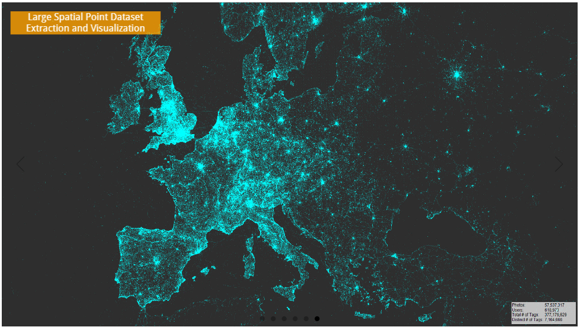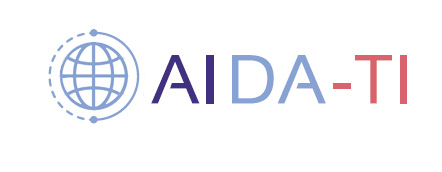Geospatial analysis and deep learning on satellite data
OCRE4Ukraine
Implementation period: 2022-2024
Customer: European Commission
Executant:
Anhalt University of Applied Science
National Technical University of Ukraine “Igor Sikorsky Kyiv Polytechnic Institute”

The OCRE project, aims to accelerate cloud adoption in the European research community, by bringing together cloud providers, Earth Observation (EO) organizations and the research and education community.
ESA WorldCereal
Implementation period: June – December 2022
Customer: ESA, WorldCereal project
Executant: Anhalt University of Applied Science

The main objective of WorldCereal is to develop – building on existing community initiatives, open and free EO sources, new algorithms, ICT infrastructure and reference datasets – an open-source, efficient, agile and robust EO based system to timely monitor the global cropland extent at field scale
CoronaVIS
Implementation period: 2020-2022
Customer: –
Executant:
Data Analysis and Visualization Group, University of Konstanz

CoronaVIS – the visual representation of free and occupied beds for Covid-19 patients is developed and maintained by the Data Analysis and Visualization Group at the University of Konstanz. The representations of the bed capacity in CoronaVIS are currently based on the public data of the German Deutschen Interdisziplinären Vereinigung für Intensiv- und Notfallmedizin (DIVI). It is continuously developed in cooperation with experts to provide the best possible support. You can find a short video overview under https://video.coronavis.dbvis.de.
VGIScience
Implementation period: 2019-2022
Customer: German Research Foundation
Executant:
Data Analysis and Visualization Group, University of Konstanz

During the last years the availability of spatial data has rapidly developed, in particular through the diffusion of social networks, Web 2.0 platforms and availability of suitable sensor technologies. A clear indication of this trend is the participation of users to the production of so called “Volunteered Geographic Information”, shortly VGI, due to the vast use of smartphones and mobile devices. In the current information society era, these data provide a variety of applications, not only for the solution of societal challenges such as in environment, health or transport fields, but also for the development of commercial products and services.
